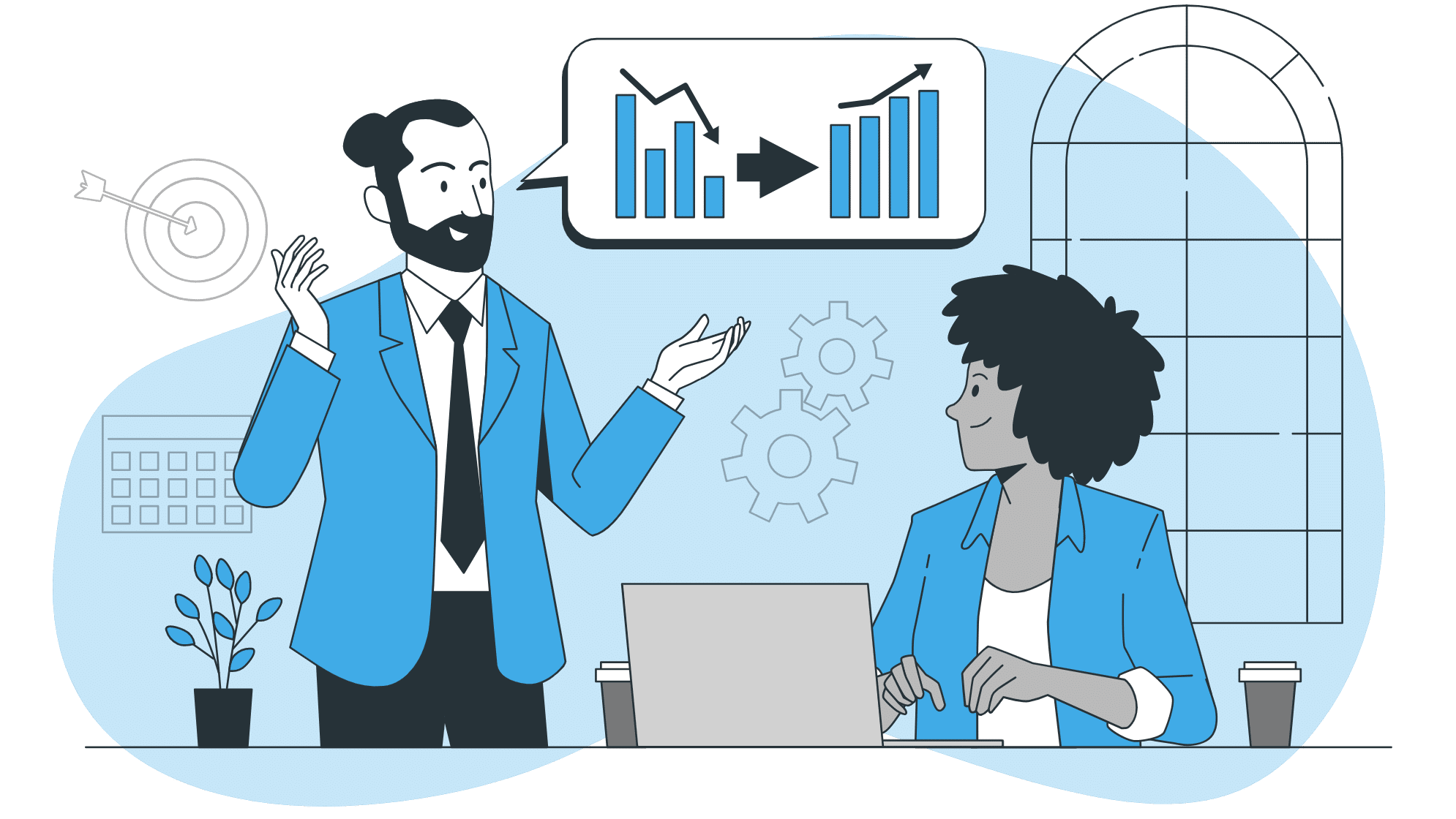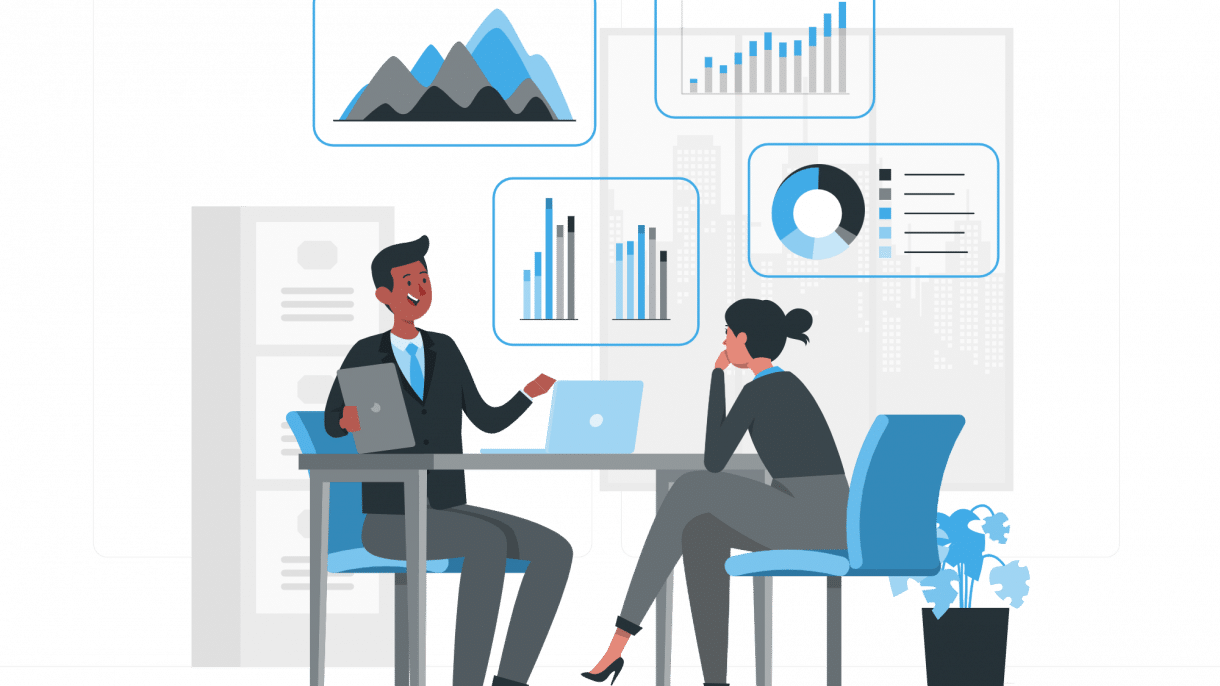
What Is The Difference Between Partner & Customer Portals In Salesforce
As businesses continue to expand and operate on a global scale, it’s increasingly important to have efficient and effective ways to communicate and collaborate with partners and customers. This is where Salesforce partner and customer portals come in. Leveraging Experience Cloud, we are able to build these community portals on your Salesforce instance.
A partner portal is a secure online platform built on your Salesforce instance that allows businesses to collaborate with their partners, such as distributors, resellers, or suppliers. A customer portal, on the other hand, is a secure platform for businesses to communicate and collaborate with their customers. Both partner and customer portals provide numerous benefits to businesses, including improved communication and collaboration, increased customer satisfaction and loyalty and retention, and increased efficiency and productivity.
Key Benefit of Having A Partner Portal In Your Organization
One key benefit of partner portals is that they allow businesses to centralize and streamline their communications with partners. For example, a company that sells its products through a network of distributors can use a partner portal to provide sales and marketing materials, training resources, and other important information to its distributors in one convenient location. This not only saves time and resources but also helps to ensure that partners have the most up-to-date and accurate information.

9 Features To Include On Your Partner Community Portal
1. A dashboard that provides an overview of key metrics and data, such as sales and revenue figures, customer satisfaction ratings, and partner performance.
2. A document library where partners can access sales and marketing materials, product documentation, training materials, and other resources.
3. A knowledge base or FAQ section where partners can find answers to common questions about products, services, and policies.
4. A discussion forum or message board where partners can ask questions, share best practices, and engage with other members of the community.
5. A calendar of events, such as webinars, training sessions, and industry conferences, that partners can attend to learn more about your products and services.
6. A directory of partner contacts and resources, including sales reps, technical support staff, and other key personnel.
7. A resource center that provides access to sales and marketing tools, such as presentation templates, email templates, and social media graphics.
8. A feedback form or survey tool that allows partners to provide feedback and suggestions for improving the community site and your products and services.
9. Integration with other sales and marketing tools, such as CRM and marketing automation platforms, to provide a seamless experience for partners.

Key Benefit of Having A Customer Portal In Your Organization
Customer portals can also provide numerous benefits to businesses. For example, a customer portal can be used to provide a self-service support center, allowing customers to find answers to common questions and troubleshoot issues on their own. This can help to reduce the workload of customer support teams and improve customer satisfaction. In addition, customer portals can be used to provide customers with access to their account information, order history, and other important data, which can help to improve the customer experience and build customer loyalty.
10 Features To Include On Your Customer Community Portal
1. A self-service center where customers can find answers to common questions, troubleshoot issues, and access product documentation and other resources.
2. A discussion forum or message board where customers can ask questions, share best practices, and engage with other members of the community.
3. A knowledge base or FAQ section where customers can find answers to common questions about products, services, and policies.
4. A case management system that allows customers to submit and track support requests and provides access to customer service representatives and other support staff.
5. A document library where customers can access product documentation, training materials, and other resources.
6. A calendar of events, such as webinars, training sessions, and industry conferences, that customers can attend to learn more about your products and services.
7. Integration with other customer service and support tools, such as help desk software, to provide a seamless experience for customers.
8. A feedback form or survey tool that allows customers to provide feedback and suggestions for improving the customer community and your products and services.
9. Customizable profiles and avatars for community members, to encourage engagement and build a sense of community.
10. A notification system that alerts customers to new content, updates, and other important information.

Concepts to consider when building and designing a partner or customer community portal
When designing a partner or customer portal in Salesforce, there are a few key concepts to consider including:
1. Customization: The portal should be customizable to fit the unique needs and branding of your business. This can include the ability to customize the look and feel of the portal, as well as the ability to add or remove specific features and functionality.
2. Security: The portal should have robust security measures in place to protect sensitive data and ensure compliance with industry regulations. This can include measures such as secure login, data encryption, and access controls.
3. Integration: The portal should be able to integrate with other systems and tools that your business uses, such as CRM or ERP systems. This can help to improve the flow of information and ensure that all relevant data is available in one place.
4. Collaboration: The portal should provide tools and features that enable partners or customers to collaborate, such as document sharing and real-time communication. This can help to improve teamwork and increase productivity.
5. Analytics: The portal should provide analytics and reporting tools that allow businesses to track and analyze key metrics, such as customer satisfaction or partner performance. This can help businesses to identify areas for improvement and make data-driven decisions.
Conclusion
Overall, The difference between a Partner and a Customer portal has been clearly explained above. Salesforce partner and customer portals can provide numerous benefits to businesses, helping to improve communication and collaboration between partners and customers, streamline support and customer service processes, and increase customer satisfaction and loyalty. These portals can also serve as a valuable source of data and insights, providing valuable insights into customer and partner needs, preferences, and behaviors, which can be used to inform business strategy and decision-making.
If you want to implement a Partner or Customer Community portal in your organization don’t hesitate to contact me and I will do a full implementation, maintenance, and support of these portals in your organization.


